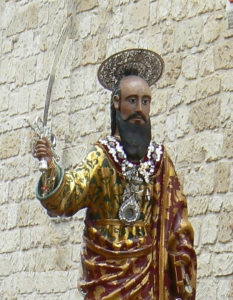As you climb the scenic staircase that meanders up to the inside of the portico, you are led inside the church where the space with three naves is marked by five powerful arcades and enhanced by the precious vault.
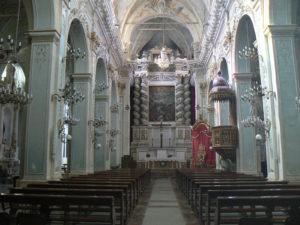
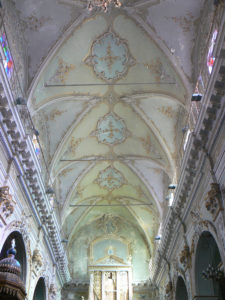
The room expands into the side naves where the precious altars are located, two of which are placed in the side chapels. At the back, almost compressed in its majesty, is the main altar with the powerful
Solomonic columns
in polychrome marble that emerge from the apse.
 Your gaze is carried upwards above the entrance, where you can see the organ. One of the largest in the town, the organ is located on the upper balcony painted with angels, like an integral part of the heavenly vault of the ceiling.
Your gaze is carried upwards above the entrance, where you can see the organ. One of the largest in the town, the organ is located on the upper balcony painted with angels, like an integral part of the heavenly vault of the ceiling.
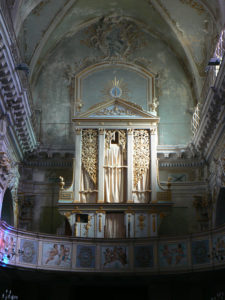
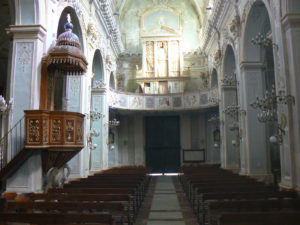
The highly rich artistic repertoire of excellent workmanship contained in this casket includes works by Giuseppe Crestadoro arranged on various altars. Specifically, the painting of the Conversion of
St. Paul
, concludes the niche of the main altar where the statue of the patron saint is placed, shown to the public only during festive periods.
Sculpted in 1567 by Vincenzo Lorefice from Ragusa, the statue has a long and tormented history.
With the earthquake of 1693 it suffered so much serious damage to the face that its head was completely rebuilt. In the following centuries, it underwent preservation and embellishments that may have altered its original appearance.

